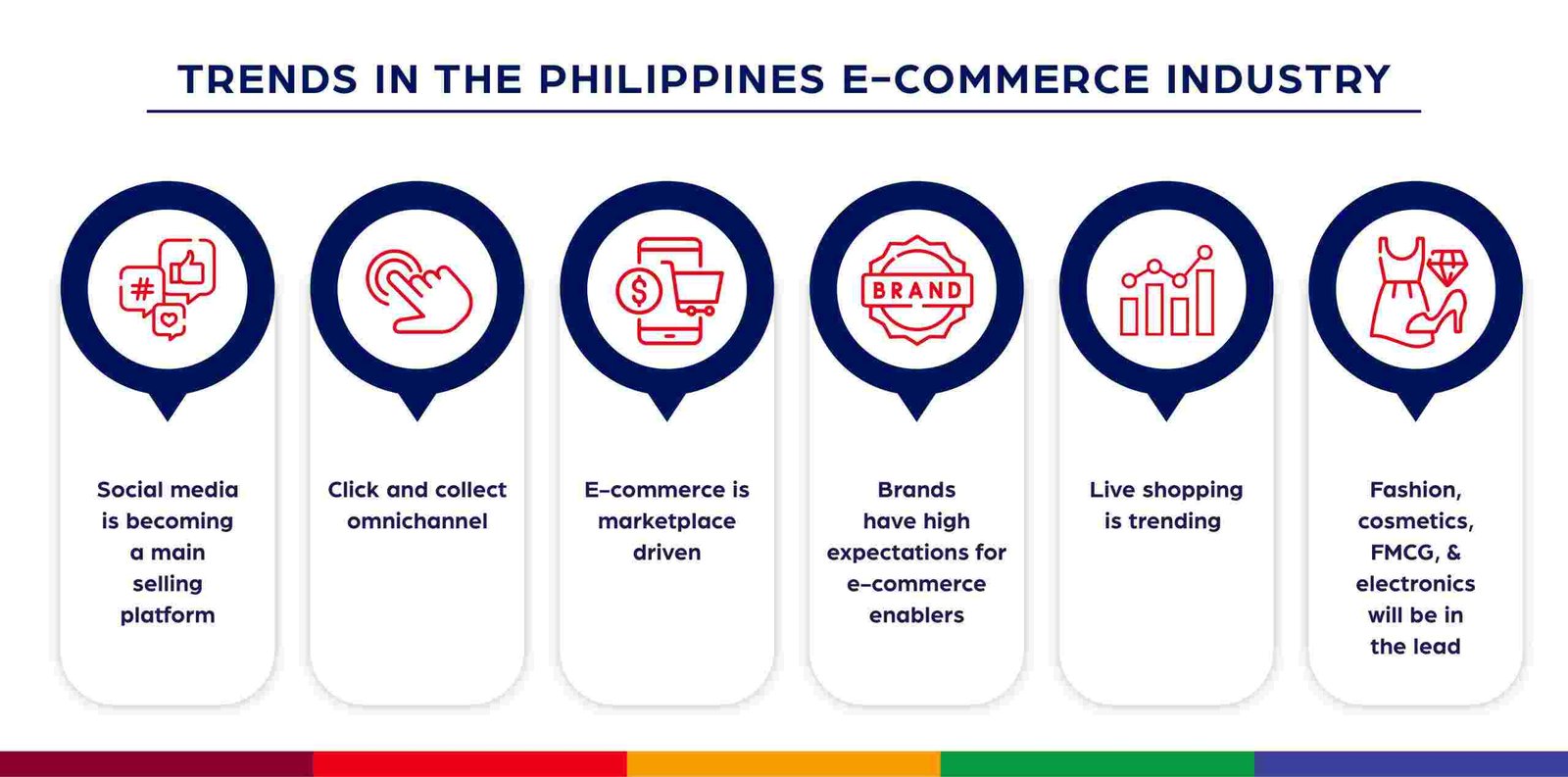The e-commerce sector in the Philippines is booming. From just a few thousand online stores pre-pandemic, the number has surged past 90,000. But behind this rapid growth lies a major roadblock: logistics. The Philippines e-commerce logistics challenges are weighing down the sector, making growth hard to sustain and profitability even harder to reach.
One of the most alarming facts is that logistics costs in the Philippines eat up about 27% of sales for manufacturing firms. This is the highest in Southeast Asia. For online businesses, which rely heavily on delivery speed and cost-efficiency, this is a huge burden. The high logistics costs come from manual processes, fuel expenses, and regulatory inefficiencies, all of which chip away at profit margins.
Geography and Infrastructure: A Tough Combo for Philippines E-Commerce Logistics Challenges
The Philippines’ archipelagic geography—over 7,600 islands—presents a serious challenge for logistics providers. Delivering goods across this vast network of islands requires air and sea transport coordination, which is expensive and prone to delays.
Worse still, the country’s infrastructure is underdeveloped. Poor road conditions, limited transport networks, and inefficient port operations cause frequent delivery delays. In rural areas like Visayas and Mindanao, the lack of last-mile delivery options makes access even tougher.
Read Also: Exploring Philippines Infrastructure Development Analysis Trends
And it’s not just the rural areas. In Metro Manila, traffic congestion alone causes PHP 3.5 billion in daily economic losses. Delivery trucks get stuck in gridlock, fuel costs rise, and schedules fall apart. For e-commerce businesses promising same- or next-day delivery, this congestion is a serious handicap.
Regulatory and Environmental Challenges
Customs clearance is another massive hurdle. In some cases, it can take up to 251 days to clear goods, leading to storage delays and extra demurrage fees. This kind of inefficiency stifles inventory management, increases costs, and frustrates customers.
Natural disasters further complicate the situation. The Philippines faces 20 to 25 typhoons and floods annually, often damaging infrastructure and disrupting delivery routes. These events add a layer of unpredictability that most logistics systems are not built to handle.
Philippines E-Commerce Logistics Challenges: Demand Outpacing Supply
While consumer demand and seller participation in e-commerce have skyrocketed, logistics capabilities have not kept up. The infrastructure that supports traditional trade is not equipped to handle the sheer volume, frequency, and speed that e-commerce demands.

The explosion of online stores means more packages, more routes, and higher expectations. But without modern warehousing, better customs processes, and upgraded transport links, businesses face mounting costs and unhappy customers.
Read Also: Embracing Philippines Consumer Tech Trends: The Digital Surge
Rising Costs and Competitive Pressures
Another critical challenge in the Philippines’ e-commerce logistics landscape is the spiraling operational costs and intense competition among logistics providers. Fuel prices, which account for 30-40% of delivery expenses, fluctuate unpredictably due to global market shifts and local tax policies. Coupled with the country’s high toll fees and warehousing shortages, logistics companies struggle to maintain affordable shipping rates while staying profitable.
Looking Ahead: Philippines E-Commerce Logistics Challenges
If the Philippines wants to fully capitalize on the e-commerce boom, it must tackle these logistics challenges head-on. That means investing in smarter infrastructure, streamlining customs procedures, and improving connectivity across islands. The road ahead isn’t easy, but with focused effort, the country can turn Philippines E-Commerce Logistics Challenges into strategic strengths—and unlock the full potential of its digital economy.
Read Also: Trends & Insights in the Philippines Marketing Strategies 2025

